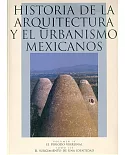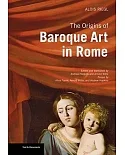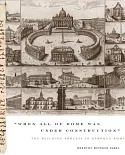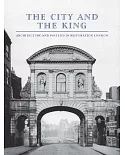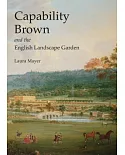Georgian garden buildings often seem monuments to rich mens' folly and whimsy, but they always had a purpose, whether functional or ornamental. Today they are valued for their social history
and their key place in the history of architecture and landscape design, as well as often for their sheer beauty or quirkiness.
This glossary of Georgian garden buildings introduces their place in architectural and landscape history. It then explains the purpose and form of individual types in the context of the English
landscape garden, perhaps the greatest contribution that these islands have made to the visual arts worldwide. These buildings were at their zenith through the long eighteenth century
(1688-1837) and took on a huge and surprising variety of shapes, styles and uses. The book looks at each of 30 types in all their variety - from Arches to Towers via Columns, Hermitages and
Rotundas. As well as their appearance their use was just as important. Did Hermitages really house hermits? What was the point of a sham castle or Gothic ruin?







